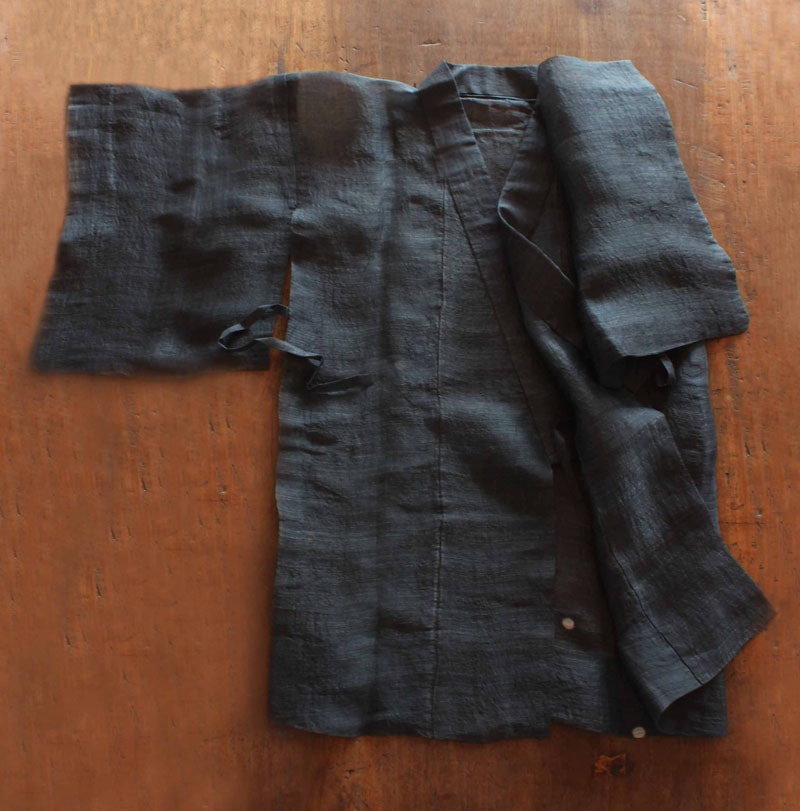
Being born a Japanese one must wear a kimono! When wearing a Ramie kimono, the tension and the stiffness of the Ramie gives the sleeves an airy, comfortable feeling. It feels cool while walking in it too. It absorbs any sweat and it dries quickly, a perfect material for the Japanese summer.
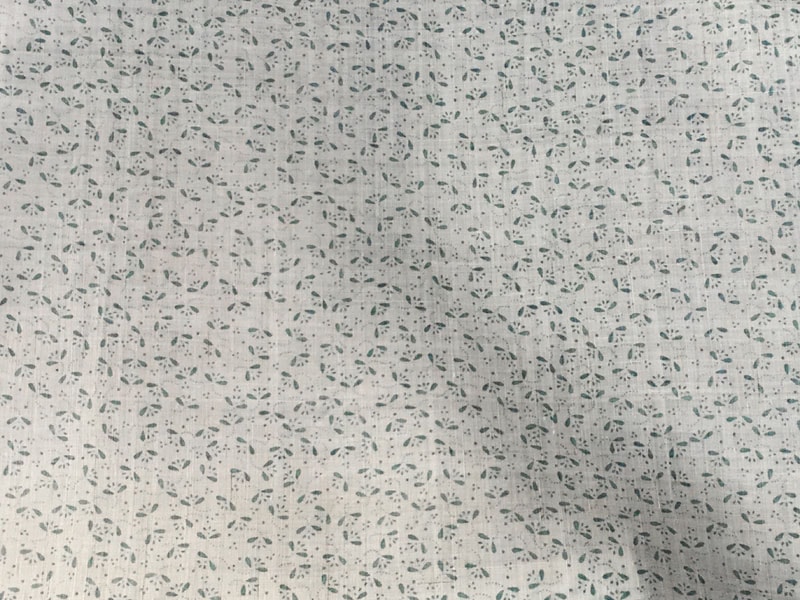
001 Blossom
JPY 150,000
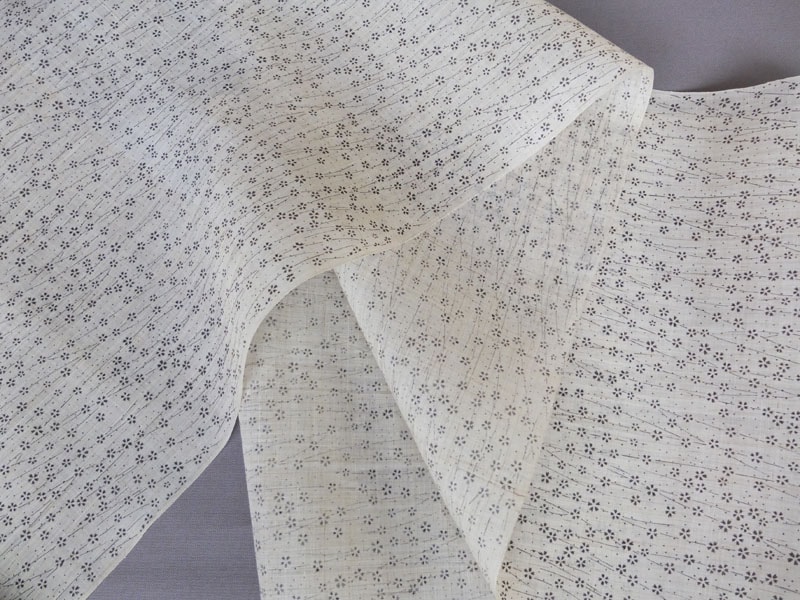
002 Cherry
JPY 150,000
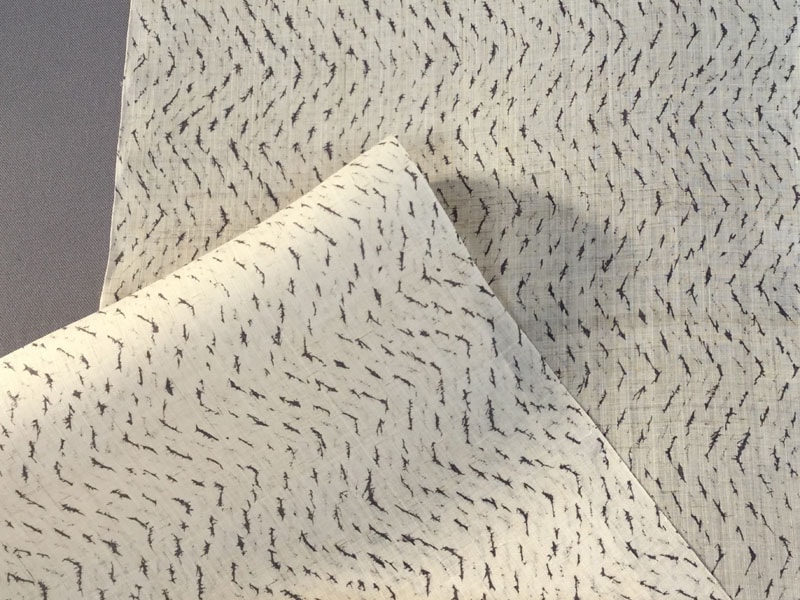
003 Shibori
JPY 150,000
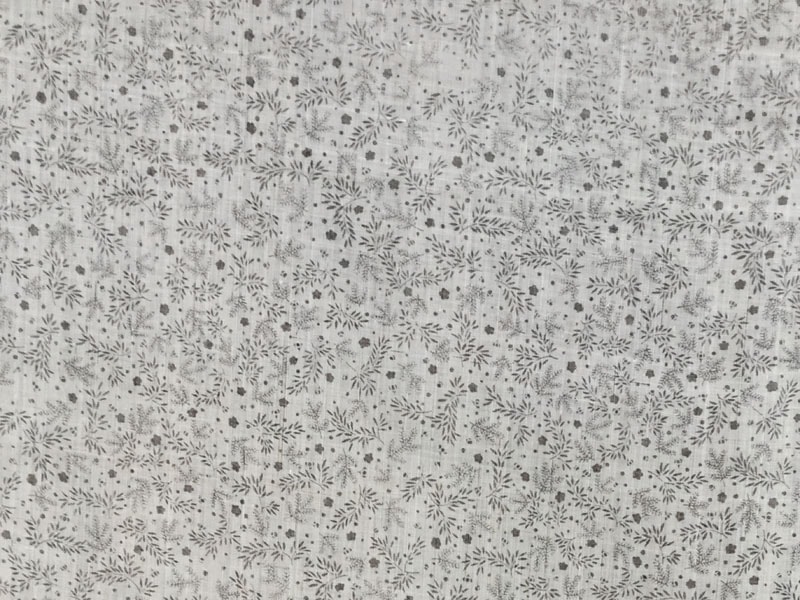
004 Herb
JPY 150,000
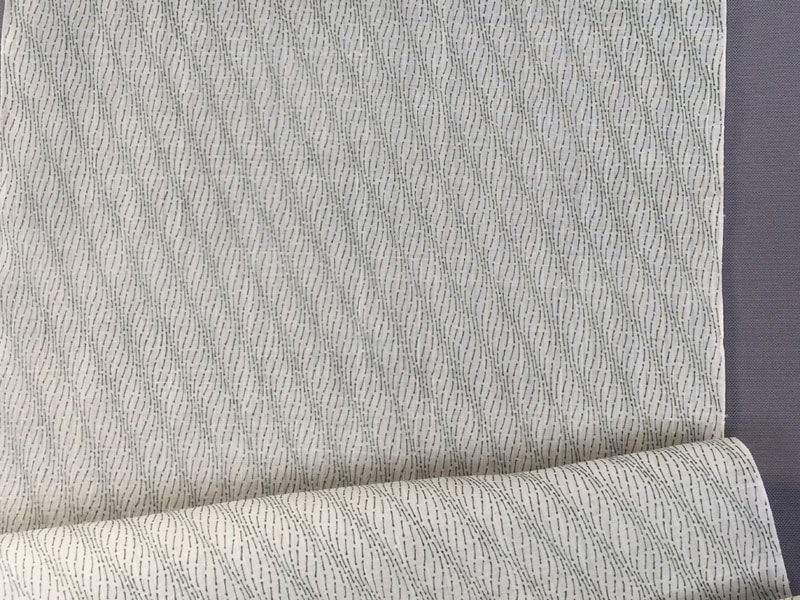
005 Fresh green
JPY 150,000
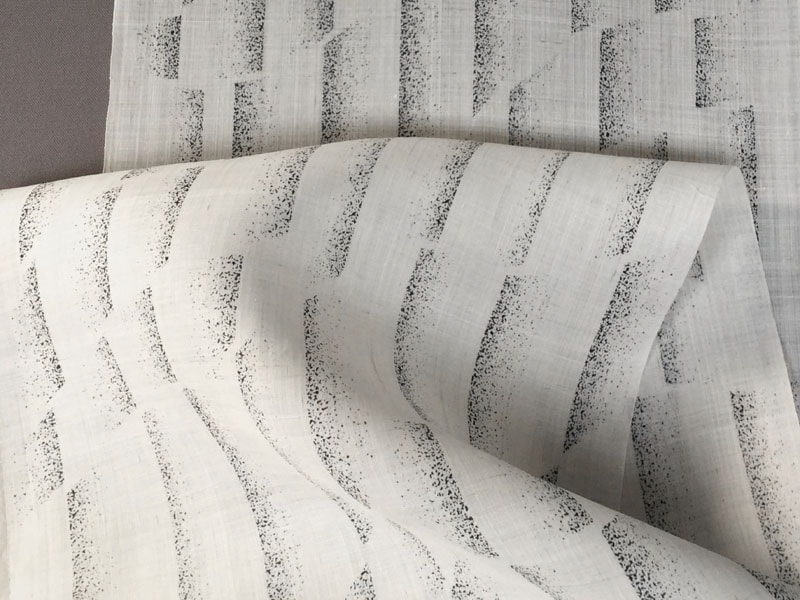
006 Rain
JPY 150,000
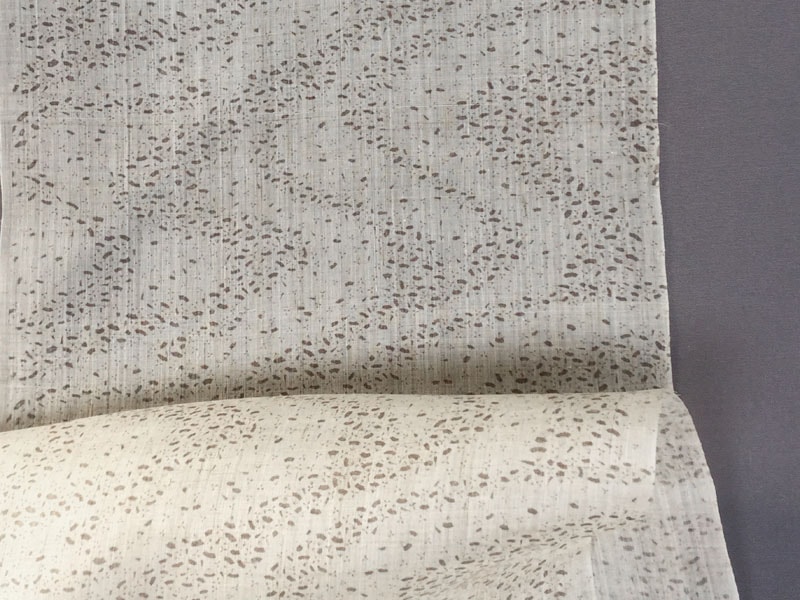
007 Fan
JPY 150,000
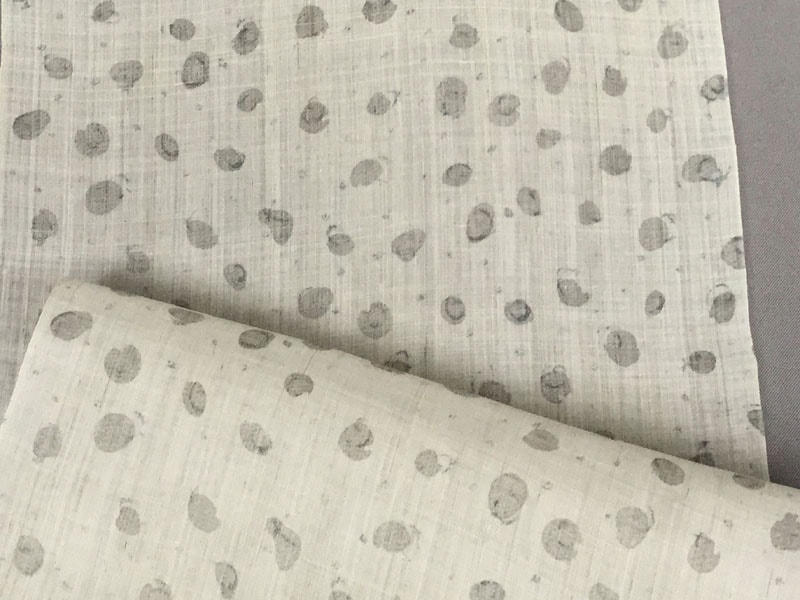
010 Petal
JPY 150,000
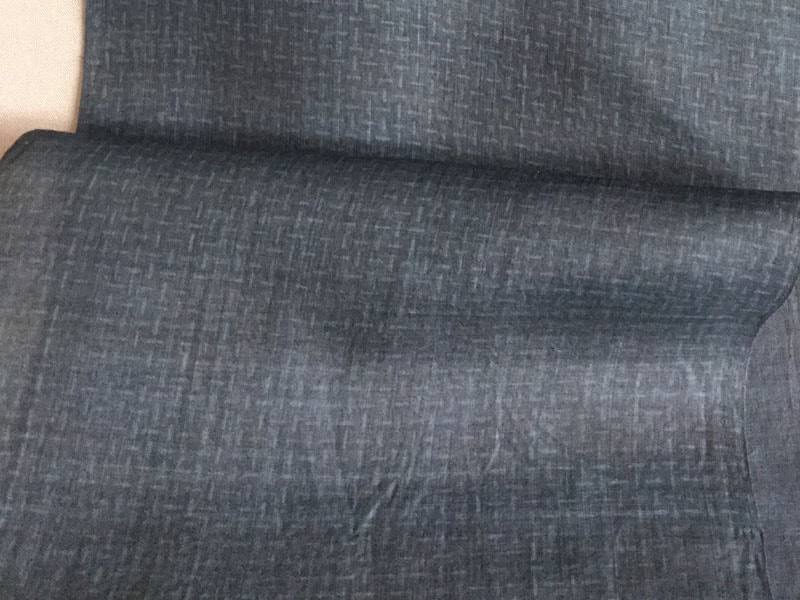
011 Indigo Dye・Ichikuzushi
JPY 200,000
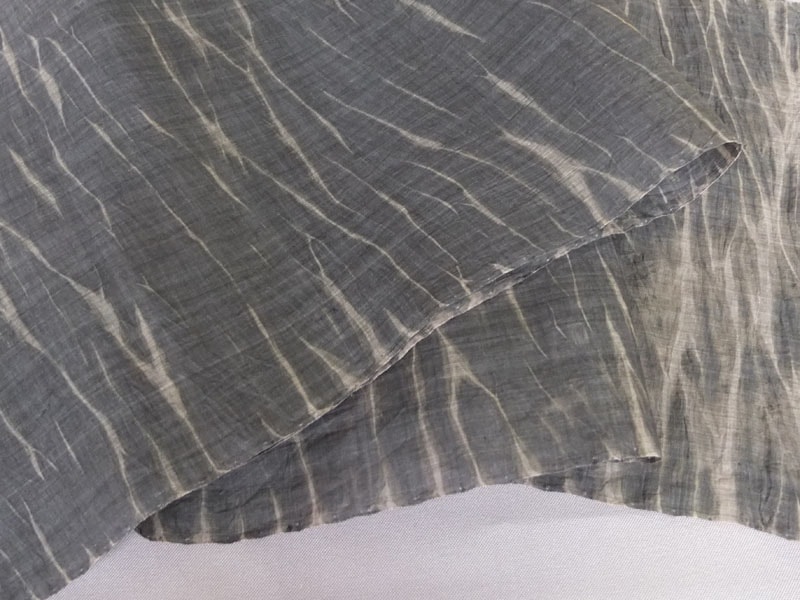
012 Shibori・Tsutsushibori
JPY 200,000
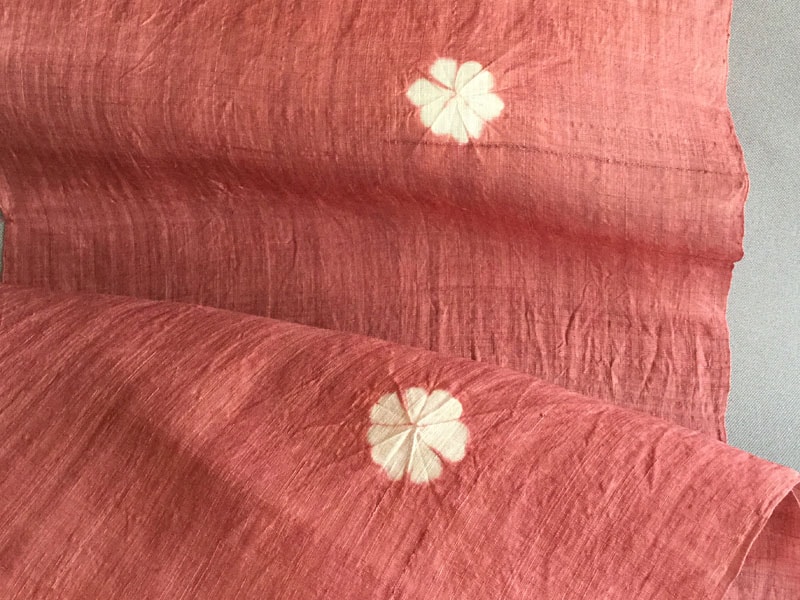
017 Shibori・Nadeshiko
JPY 200,000
The kimono and the obi are a combination. Which is why in AONI, we don’t combine with the same materials; this is where the “other” Asa come in. Hemp, Piña or Kudzu, whichever that suits your taste.
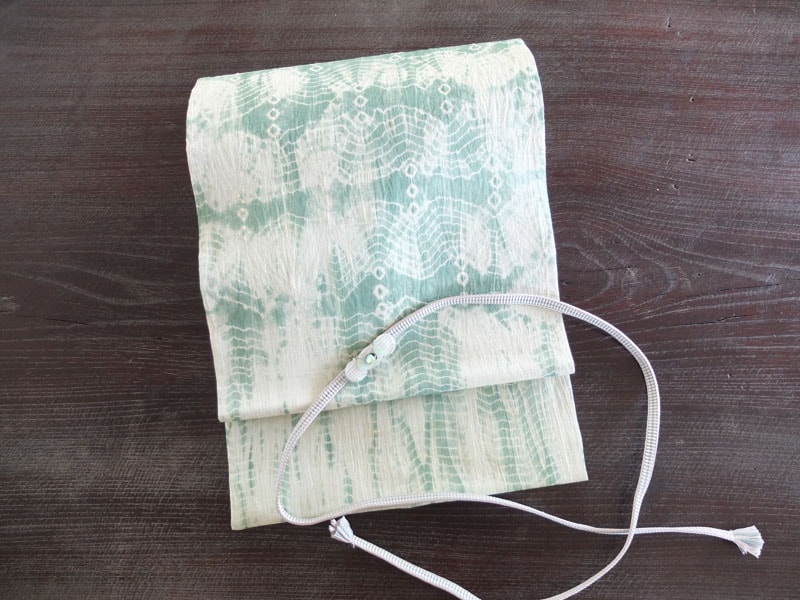
Special Piña・ Shibori / Nine-Sun Obi
JPY 200,000
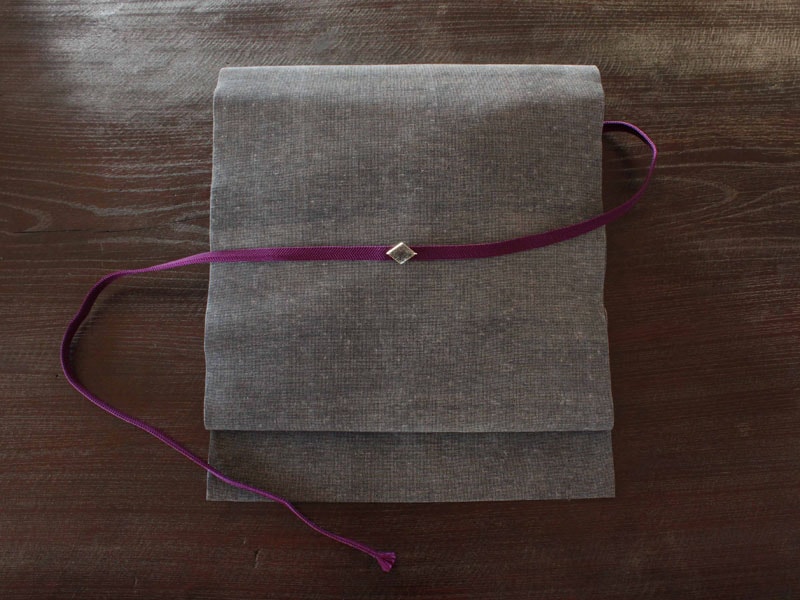
Piña Paper Cloth / Nine-Sun Obi
JPY 300,000
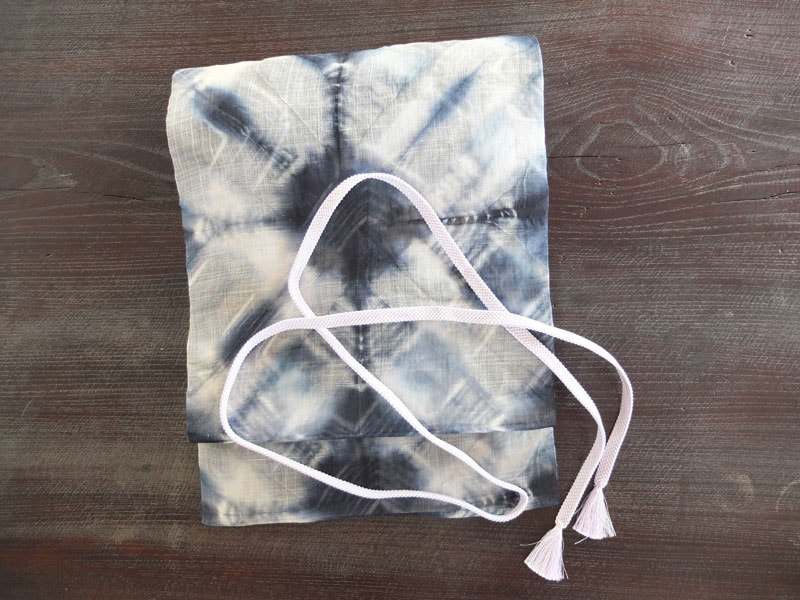
Piña・Kasane / Nine-Sun Obi
JPY 150,000
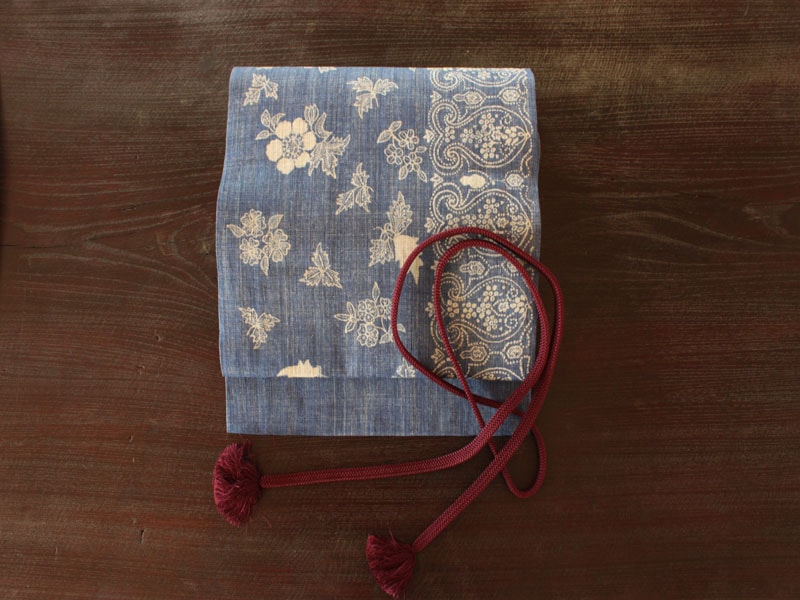
Hemp Cloth・Java Batik / Nine-Sun Obi
JPY 300,000
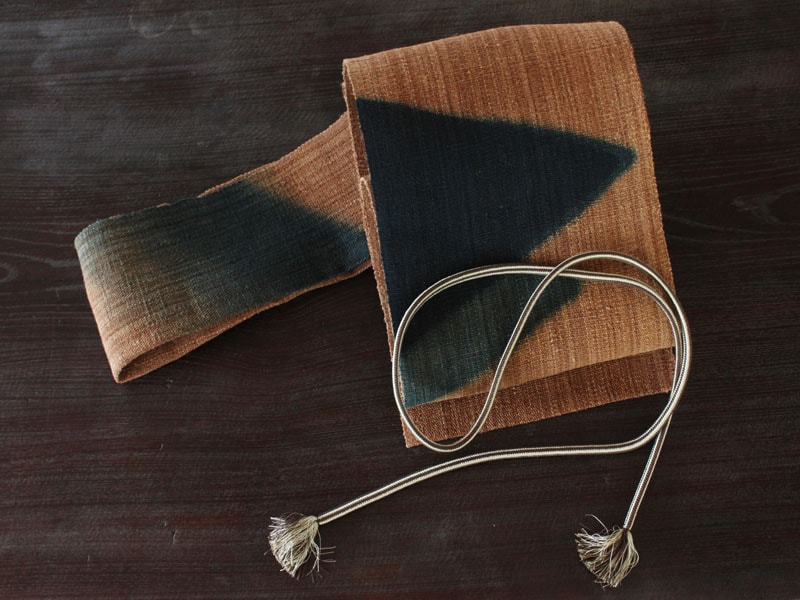
Linden Cloth ・Aizome / Eight-Sun Obi
JPY 200,000
Reference: Eight-Sun and nine-sun represent the width of the Obi. However, this may sound confusing but both Obi become eight-sun (approx. 30.4cm) when they are made.
An easier way to put it would be:
Nine-sun (Thin fabric): Actual width (34.2cm) – Seam allowance (3.8cm) = Obi width (30.4cm)
Eight-sun (Thick fabric): Actual width = Obi width (30.4cm)
A piña cloth is regularly used to make shawl, but how about a see-through Kimono coat? The patterns of Obi and Kimono being visible through a coat is quite fashionable.
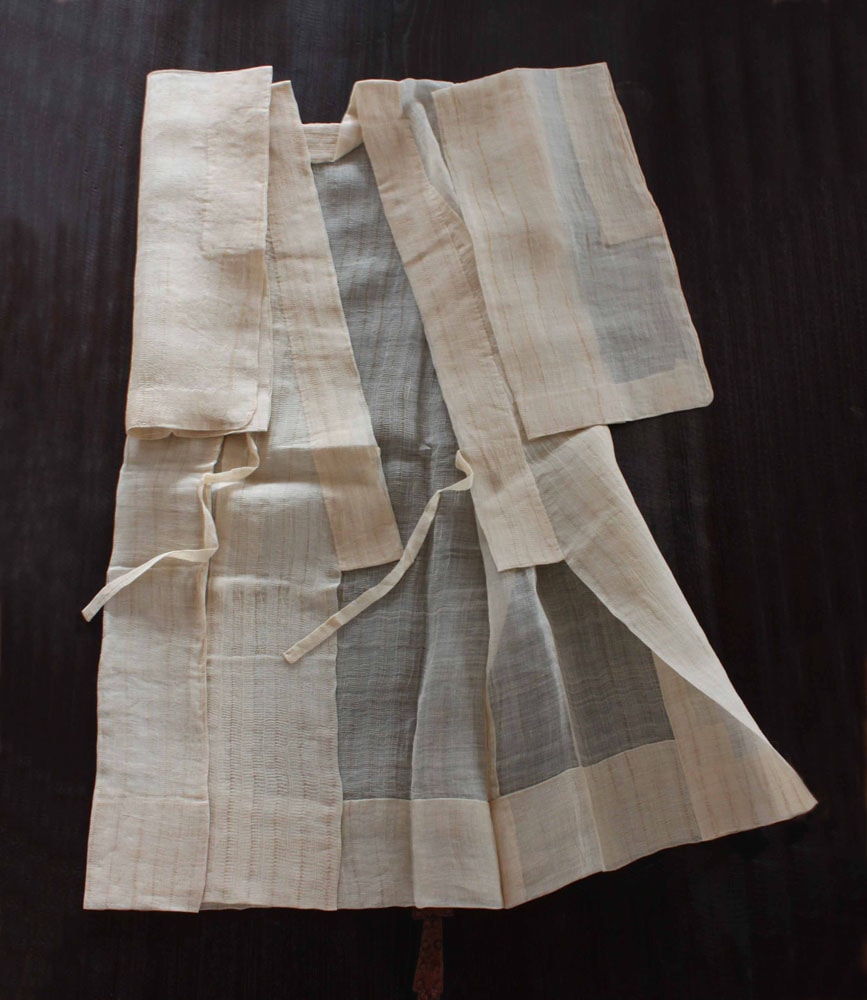
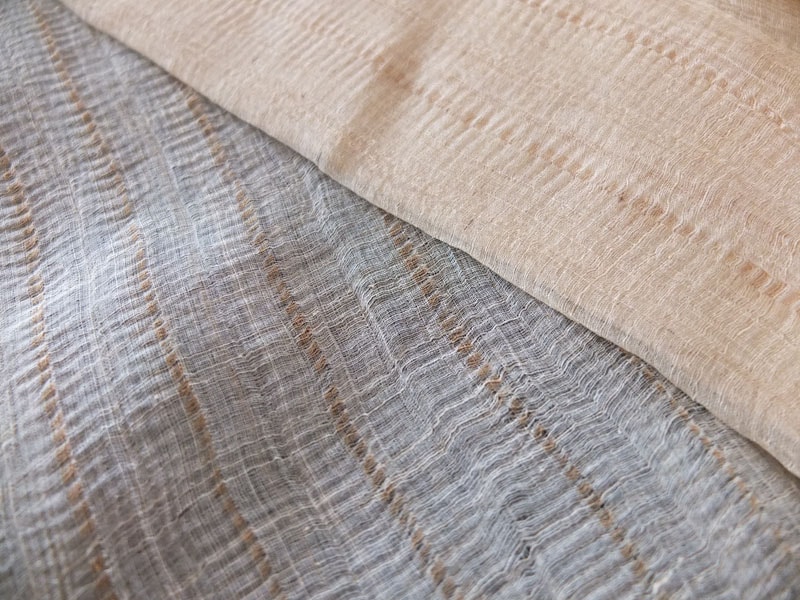
Piña・Tesujishibori (Crumpled) Michiyuki
JPY 300,000
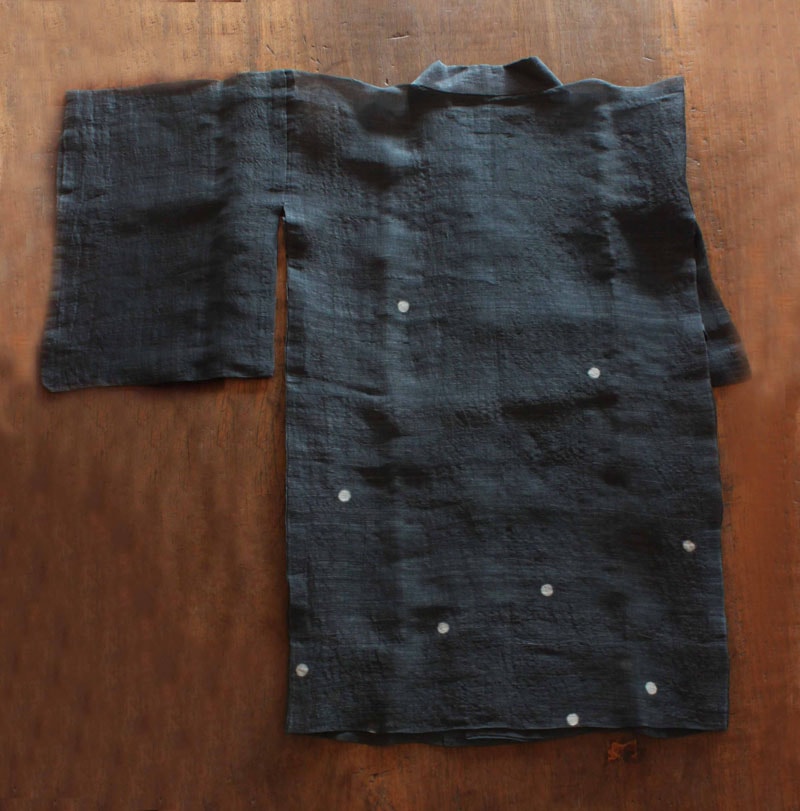
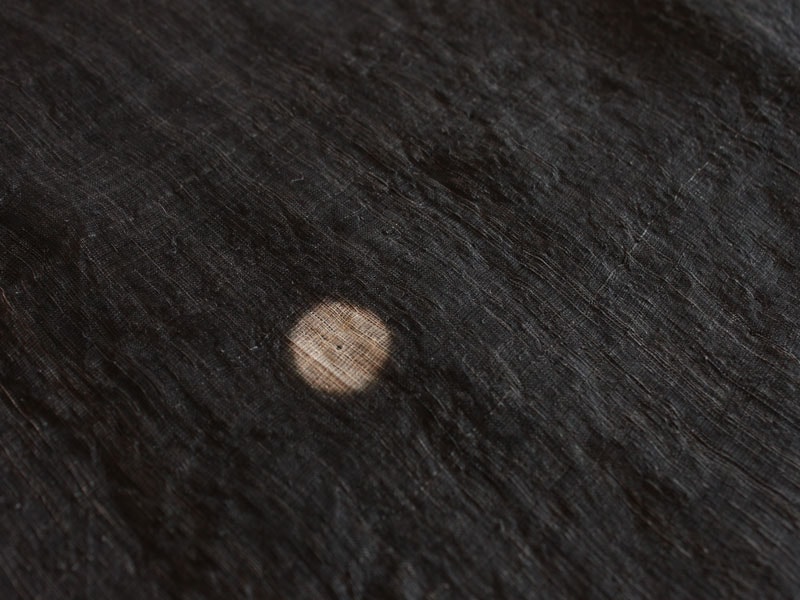
Piña・Hotarushibori Michiyuki
JPY 200,000
